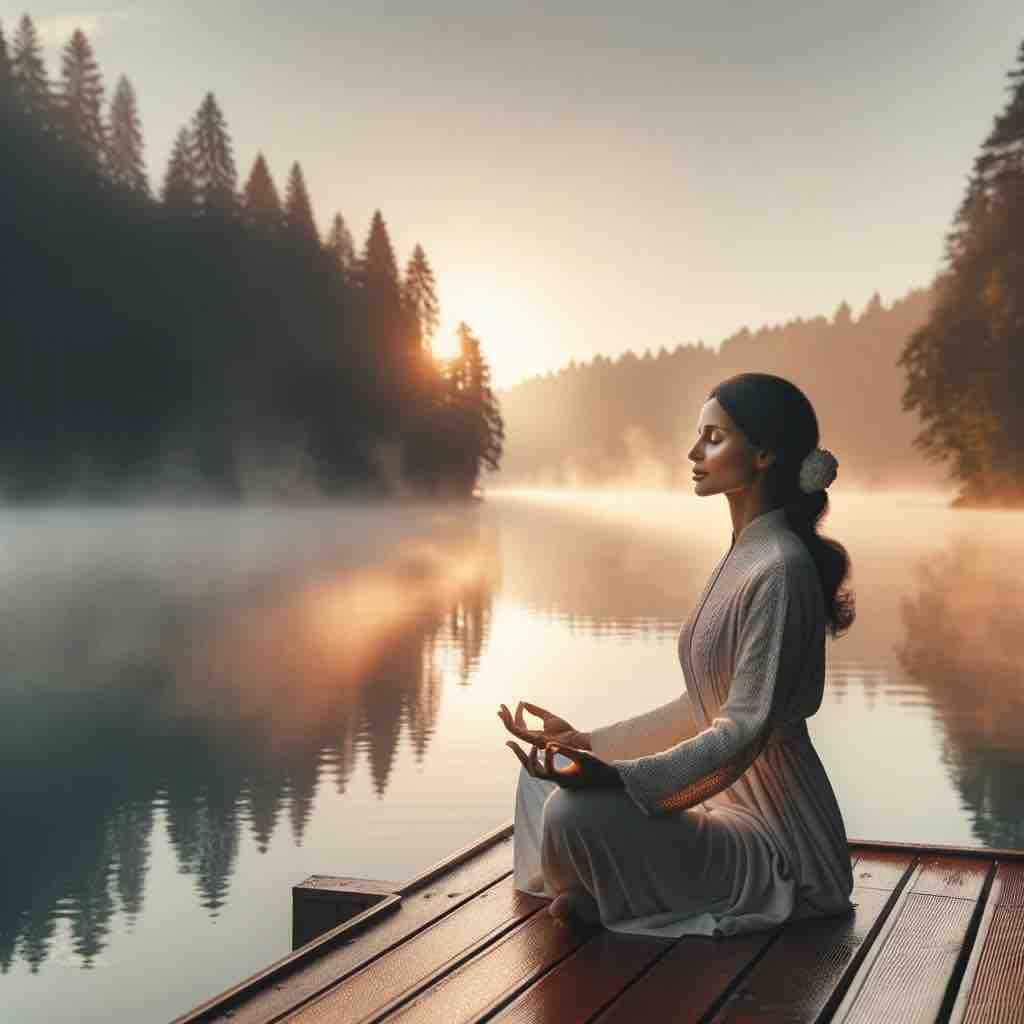
Discover the Transformative Power of Qigong for Body and Mind
Begin your day with the ancient practice of Qigong, a blend of rhythmic movements, mindful breathing, and meditative focus. This 20-minute morning routine, inspired by “20 Min Qigong Daily Routine” from Qigong Meditation, is more than just an exercise; it’s a pathway to enhanced physical health and mental clarity. Dive into this detailed guide and embrace a practice that has been nurturing well-being for centuries.
The Rich Heritage of Qigong
Qigong, with roots in Chinese medicine, martial arts, and philosophy, is a practice that harmonizes body, breath, and mind. It involves precise postures and movements to cultivate and balance ‘Qi’ (life energy). By practicing Qigong, you’re not just exercising; you’re tapping into a tradition that promotes longevity and holistic health.
Comprehensive Benefits of Daily Qigong Practice
- Spinal and Back Health: Focus on movements that strengthen and increase flexibility in the back and spine, essential for overall physical health.
- Stress Relief and Mental Balance: Engage in mindful breathing and meditation to reduce stress and anxiety, enhancing emotional well-being.
- Energy and Vitality: Boost your energy levels naturally, fostering a sense of vitality throughout your day.
- Improved Flexibility and Balance: Enhance your physical flexibility and balance, crucial for injury prevention and overall body function.
Deep Dive into the 20-Minute Routine
This well-rounded routine includes:
- Dynamic Warm-Up: Begin with gentle movements to awaken the body and prepare the muscles and joints.
- Core Qigong Exercises: Engage in exercises like “The Heaven,” “The Frog,” “The Tiger,” and “The Crane,” each targeting different aspects of physical and mental health.
- Relaxation and Cool Down: Conclude with massage techniques and relaxation exercises to soothe the body and consolidate the Qi energy.
Ideal for Every Individual
This routine is perfect for:
- People of all ages and fitness levels.
- Those seeking a low-impact, high-benefit exercise.
- Individuals looking to integrate a mindful practice into their daily routine.
Maximizing Your Practice
- Consistent Practice: Aim for daily practice to experience cumulative benefits.
- Mindful Breathing: Focus on deep, abdominal breathing to enhance the effectiveness of each movement.
- Engage in Meditation: Incorporate meditative elements to deepen the mind-body connection.
Step-By-Step Instructional Guide
Follow the detailed instructions in the 20 Min Qigong Daily Routine video for a guided experience. The video provides clear demonstrations, making it easy to follow along and perfect your form.
Join the Global Qigong Community
Embrace this ancient practice and become part of a global community dedicated to health and mindfulness. Share your experiences, learn from others, and grow in your practice.
Why Choose Qigong?
Qigong is more than just physical exercise; it’s a way of life. By incorporating Qigong into your daily routine, you’re choosing a path of holistic health, inner peace, and harmony with nature.
Embark on Your Qigong Journey
Ready to transform your mornings and, by extension, your life? Start your day with Qigong and witness the profound impact it has on your physical health, mental clarity, and overall well-being.
10 FAQs for Morning Qigong Practice
- Q: What is Qigong and how does it benefit me?
- A: Qigong is an ancient Chinese exercise and healing technique that involves meditation, controlled breathing, and movement exercises. It’s known for improving mental and physical health by enhancing Qi (life energy) flow.
- Q: How long should a Qigong session last?
- A: A typical session can last anywhere from 20 minutes to an hour. The “20 Min Qigong Daily Routine” is ideal for beginners and those with limited time.
- Q: Is Qigong effective for stress relief?
- A: Yes, Qigong is highly effective in reducing stress and anxiety, thanks to its meditative component and focus on breath control.
- Q: Can Qigong improve my flexibility and balance?
- A: Absolutely. Regular Qigong practice enhances flexibility, balance, and overall body awareness.
- Q: Do I need any special equipment for Qigong?
- A: No special equipment is needed. Comfortable clothing and a quiet space are all that’s required.
- Q: Is Qigong suitable for all ages and fitness levels?
- A: Yes, Qigong is a low-impact exercise suitable for people of all ages and fitness levels.
- Q: How does Qigong compare to Yoga or Tai Chi?
- A: Like Yoga and Tai Chi, Qigong involves controlled movements and breathwork. However, Qigong is more focused on the cultivation and balance of Qi.
- Q: Can Qigong help with back pain?
- A: Qigong can be beneficial for back pain as it strengthens the core muscles, improves posture, and enhances spinal flexibility.
- Q: How often should I practice Qigong?
- A: For the best results, practicing Qigong daily is recommended. Consistency is key to experiencing its full benefits.
- Q: Can Qigong aid in weight loss?
- A: While not a high-intensity workout, Qigong can contribute to weight loss by reducing stress (which is often linked to weight gain) and improving digestive health.
Blog Tags for the Post
qigong, morning routine, stress relief, flexibility, balance, meditation, breathing exercises, ancient practice, mental health, physical health, holistic healing, energy flow, qi cultivation, core strength, low-impact exercise, wellness










